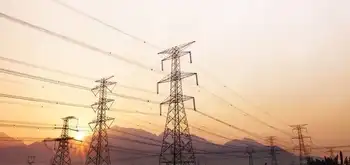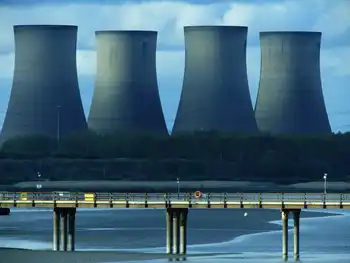Duke Energy moves into Oklahoma with 200MW wind project
By Duke Energy
Electrical Testing & Commissioning of Power Systems
Our customized live online or in‑person group training can be delivered to your staff at your location.

- Live Online
- 12 hours Instructor-led
- Group Training Available
When built, it will increase Duke Energy Renewables' U.S. wind capacity to more than 2,000 megawatts MW.
Duke Energy Renewables will build, own and operate the Frontier Windpower Project, sited in Kay County, east of Blackwell, Okla. The 200-MW wind farm will produce enough emissions-free electricity to power about 60,000 homes.
"We're investing heavily in renewable energy and surpassing 2,000 megawatts of wind power is a significant accomplishment for our company," said Greg Wolf, president of Duke Energy's Commercial Portfolio. "We are excited to be working with the community and local landowners as we get our first project in this wind-rich state underway. The facility will help City Utilities meet its renewable energy goals while creating economic development opportunities for Kay County."
The power will be sold to City Utilities of Springfield, Mo., under a 22-year agreement.
"City Utilities is pleased to partner with Duke Energy on the Frontier Windpower Project," said Scott Miller, general manager, City Utilities of Springfield. "Providing a long-term renewable source of power generation in this changing market is critical to the future of utilities. We look forward to bringing this source on line for our customers in the coming months."
Construction is scheduled to accelerate in the first quarter of next year, and the Frontier Windpower Project is expected to be operational by the end of 2016. It will consist of 61 Vestas V126-3.3 MW wind turbines. Duke Energy Renewables has successfully partnered with Vestas on many of its Texas wind projects.
"We're very pleased to continue building our excellent partnership with Duke Energy Renewables, one of the top wind players in the competitive U.S. market," said Chris Brown, president of Vestas' sales and service division in the United States and Canada. "By choosing the V126-3.3 MW turbine for the Frontier wind site, the order also showcases our product portfolio's great flexibility across all wind sites, as the model provides highly competitive cost of energy in a traditional 2-MW turbine market."











